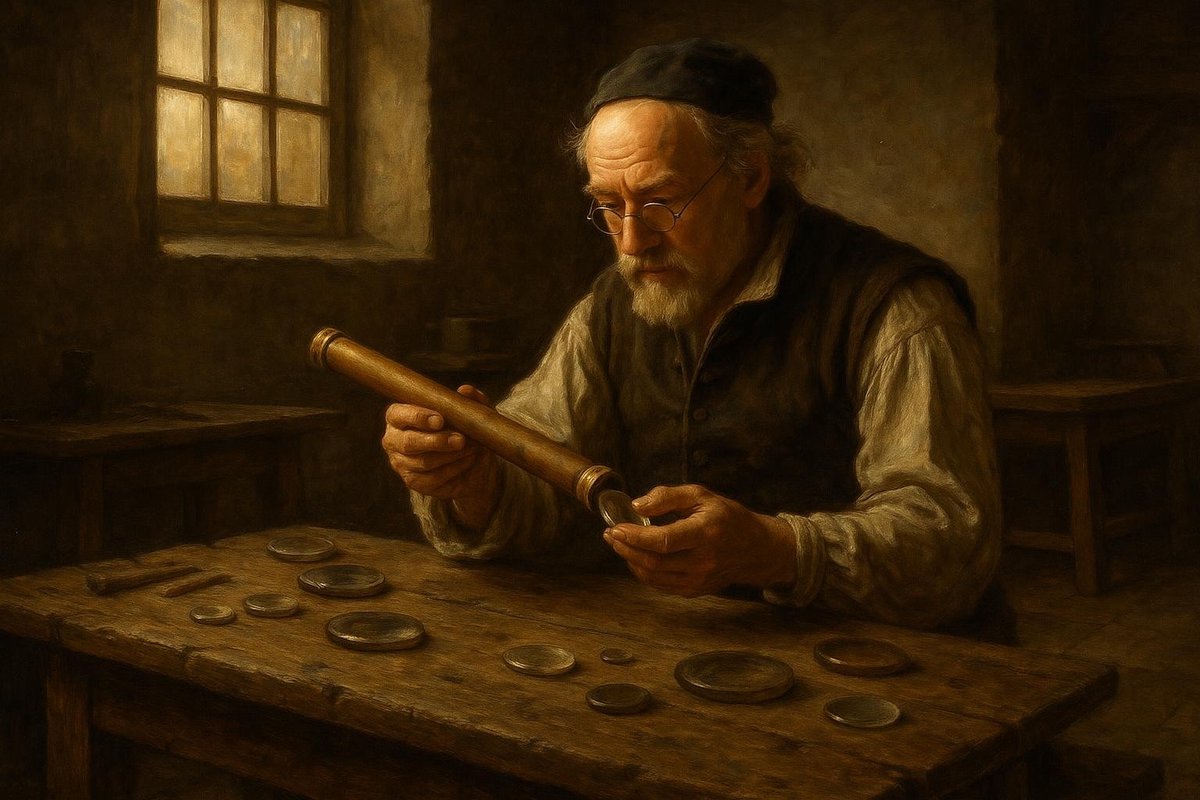
How did the world’s first telescope come to be? It’s a story veiled in mystery and legend, not as simple as it seems. Many believe it was a single brilliant mind that brought this revolutionary tool to light, but the reality is far more intricate, akin to a tapestry woven by many hands over time. Imagine a world where the stars were just distant lights, unreachable and unknowable. The telescope transformed that world, providing answers to questions hardly dared before.
Unpacking the Question
The journey towards the invention of the telescope was far from straightforward. What ideas came before it, and what was missing? The refractive properties of glass were known, yet the leap to the telescope was elusive.
- Before telescopes, lenses were primarily used in reading glasses, a technology evolving since the 13th century.
- Humble spectacle-makers in the Netherlands, around 1608, sparked the invention of the telescope, with Hans Lippershey often credited.
- Interestingly, Lippershey wasn’t alone; others like Jacob Metius and Zacharias Janssen also made claims.
This begs the question: why then? The answer lies in the cultural and scientific awakening sweeping through Europe. It was a time ripe with curiosity, driven by a hunger to explore both the seen and unseen.
Surprising Facts
While many credit Lippershey, it’s Galileo Galilei who often steals the limelight for refining the telescope. Yet, the tale of its invention is one of surprising twists and turns.
- Galileo, inspired by reports of the new device, constructed his own version in 1609, drastically improving it.
- His telescope enabled the discovery of moons orbiting Jupiter, challenging the Earth-centric views of the cosmos.
- Galileo’s enthusiasm and daring observations marked significant turning points in our understanding of the universe.
Galileo’s work fueled debates, even drawing ire from the Church, illustrating how new discoveries often disrupt established beliefs. His tale is a reminder of science’s power to provoke and enlighten.
What Science Says
Scientifically, the telescope brought the universe closer, offering not just a new perspective but a new reality. How did these optical tools transform our understanding?
- The principles of refraction, bending light through lenses, underpinned the telescope’s function.
- Such instruments allowed for the observation of celestial bodies with unprecedented clarity.
- Galileo’s observations laid groundwork for future astronomers, fundamentally altering humanity’s cosmic view.
These advancements provided the means to explore the microcosm and macrocosm, pushing the boundaries of what was known. The telescope was a key player in the scientific revolution, forever altering our place in the universe.
What it Means for Us
Beyond its scientific contributions, the telescope reshaped humanity’s self-image. What does this invention mean for us today?
- It symbolizes humanity’s enduring quest for knowledge, a beacon for curiosity and innovation.
- As a tool, it fosters a deeper connection with the cosmos, bridging the gap between mere observation and profound understanding.
- The telescope’s legacy continues as we extend our reach into the universe with modern space telescopes.
Its story reminds us that curiosity drives progress, encouraging us to gaze upward and wonder what else lies beyond the stars. The telescope’s invention wasn’t merely a technological leap; it was a philosophical one, redefining humanity’s place in the cosmos.
The invention of the telescope taught us that with vision, both metaphorical and literal, we can unveil the mysteries of the universe. Its legacy endures, urging us to explore, question, and reach for the stars.
Fuel Someone Else’s Curiosity
Share this tale of human ingenuity and insight. After all, curiosity is contagious. Encourage those around you to look up, question the familiar, and explore the unknown. Who knows what discoveries await?

Leave a Reply